how to fix a dislocated jaw
Last Updated July 29th, 2019
Can you get a dislocated jaw from yawning?
According to doctors, at times yawning can stretch your jaws so wide that may get dislocated. This is followed by intense pain and the individual is incapable of closing his/her mouth shut. The upper and lower jaws are fit together with the help of a socket. When this socket is stretched beyond a point, the bones might very easily glide out of the socket leading to jaw dislocation.
How to pop your jaw back into its position?
A dislocated jaw or temporomandibular joint dislocation is an intensely painful condition that requires immediate medical help. Never attempt to pop the jaw back into its position by yourself as it is an extremely risky procedure and must be done by a professional only. In many cases, it requires anesthesia as the dislocation might be very painful. The muscles around this region need to relax first so that the dislocation can be corrected. IV injections for reducing muscular spasm might also be administered here. The doctor will gently move the lower jaw and glide it correctly into the socket.
Can a dislocated jaw heal by itself?
No, a dislocated jaw cannot heal by itself. It always requires professional help to be placed back in its correct location. If you have dislocated your jaw, you need to hold it manually in the same position (or tie a bandage around it for support) till you receive medical help. After the doctor has set the jaw in its correct location, the area will be sore for few days. Eat only soft foods during this time and avoid chewing on hard foods. It is wise to give your jaws rest till it heals. Avoid activities that put a strain on your jaws.
Can you dislocate your jaw in your sleep?
There are many non-traumatic causes for jaw dislocation – chewing and yawning are two of such every day routine activities responsible for a dislocated jaw. These two are responsible for over 90% of dislocated jaws reported globally. While opening your jaws too wide is a prime factor, other factors such as misalignment of jaws can also be a cause. Nighttime teeth-grinding or bruxism can also be linked to dislocated jaw. Bruxism is a condition of excessive grinding, gnashing, or clenching of jaws and teeth which can occur in both awake and asleep states.
Overview
When we chew or speak, we usually move our lower jaw to some degree. When we yawn we open our lower jaw to its fullest possible extent. The lower jaw or mandible is connected to the temporal bone of the skull at two points, one on either side of the face. These joints are known as the temporomandibular joints. The name references the two main bones that make up the joint. You can feel this joint just in front of the lower half of your ear. It works like a hinge, allowing your lower jaw to glide up and down smoothly.
What Is A Dislocated Jaw?
 When one of the bones that form joint slips out of its natural position, this is known as a dislocation. The temporomandibular joints, too, sometimes suffer from dislocation. This may be caused by injury to the jaw. Alternatively, the mandible or the lower jaw may stretch too far when you yawn very wide and this can cause dislocation of the joint. One or both of the joints may become dislocated.
When one of the bones that form joint slips out of its natural position, this is known as a dislocation. The temporomandibular joints, too, sometimes suffer from dislocation. This may be caused by injury to the jaw. Alternatively, the mandible or the lower jaw may stretch too far when you yawn very wide and this can cause dislocation of the joint. One or both of the joints may become dislocated.
A dislocated jaw can be quite painful and distressing too. The patient may be unable to close their mouth normally and the jaw may be angled awkwardly. As a result, the patient is unable to bite, chew and speak normally. Resetting a dislocated jaw is easy for a trained professional to do and it can be done quickly. However, further treatment may be needed depending on the actual cause of the condition.
What Is Responsible For It?
- An injury is one of the most common causes of jaw dislocation. This includes accidents or even injuries from contact sports.
- You may be surprised to discover that even something as simple as opening your mouth extremely wide while yawning can cause your jaw to become dislocated.
- In some instances, the dislocation may have to do with an existing problem known as the temporomandibular joint disorder.
- Grinding your teeth all the time is a risk factor for the temporomandibular joint disorder.
- On the other hand, you may be suffering from arthritis in this particular joint.
How Can I Recognise A Dislocated Jaw?
 Have you recently suffered an injury to the face, particularly the jaw? Are you finding it difficult to close your mouth and speak normally? Do you feel as if your jaw is literally 'locked' into an open position? Are you experiencing pain in the jaw and drooling as well? If you answered these questions in the affirmative, you may, in fact, be suffering from a dislocated jaw.
Have you recently suffered an injury to the face, particularly the jaw? Are you finding it difficult to close your mouth and speak normally? Do you feel as if your jaw is literally 'locked' into an open position? Are you experiencing pain in the jaw and drooling as well? If you answered these questions in the affirmative, you may, in fact, be suffering from a dislocated jaw.
There are four main positions in which the dislocation can take place. These are anterior, posterior, superior and lateral positions. The anterior dislocation is the most commonly encountered type.
Here are the signs of jaw dislocation:
- Inability to align your teeth as you normally do.
- The jaw hangs wide open.
- The jaw may be jutting outwards.
- It feels stiff and locked in position.
- Pain that worsens with movement.
Should One Be Concerned About Complications?
Having a dislocated jaw can be painful. Being unable to move your jaw normally can be a very uncomfortable feeling and the resulting inability to breathe or chew or speak normally can be very distressing too. One of the main risks with jaw dislocation is that the patient may struggle to breathe. Hence, it is recommended to take the patient to a doctor as soon as possible.
Treatment and Prevention
 When somebody suffers an injury or feels the inability to move their jaw normally, they should be taken to a hospital promptly. While the dislocation in itself is not a medical emergency, there can be some complications as we have just seen. There is a risk that the patient may be unable to breathe because of the dislocation of their jaw. Hence, the most prudent course of action is to take the patient to a doctor who will reset the dislocated bone expertly and quickly. Unless you are a trained medical professional, it is recommended that you avoid attempting to reset the jaw yourself. Instead, you may help by bandaging the jaw until the patient is able to meet the doctor. This will help to stabilize it and prevent further damage.
When somebody suffers an injury or feels the inability to move their jaw normally, they should be taken to a hospital promptly. While the dislocation in itself is not a medical emergency, there can be some complications as we have just seen. There is a risk that the patient may be unable to breathe because of the dislocation of their jaw. Hence, the most prudent course of action is to take the patient to a doctor who will reset the dislocated bone expertly and quickly. Unless you are a trained medical professional, it is recommended that you avoid attempting to reset the jaw yourself. Instead, you may help by bandaging the jaw until the patient is able to meet the doctor. This will help to stabilize it and prevent further damage.
The combination of symptoms and the description of events leading up to them will most likely enable the doctor to correctly diagnose the problem. A local anesthetic may be administered in order to numb the pain. Some patients may need muscle relaxants as well. The doctor will then be able to snap the dislocated bone back into its designated position with a straightforward maneuver.
It is recommended that after the dislocated jaw has been reset, the patient should avoid opening their mouth too wide for the next couple of weeks. In fact, the patient may need to continue wearing a bandage to stabilize the jaw for some time afterward. In case that the patient experiences repeated episodes of jaw dislocation, he or she may require surgery to rectify the problem once and for all.
Dislocation of a joint is not a serious problem in itself. It is usually a fairly simple matter for experienced and trained professionals to reset the dislocated bone. However, in the case of the jaw, complications may arise when the inability to control jaw movement interferes with normal breathing.
References
- https://www.nidcr.nih.gov/health-info/tmj
- https://medlineplus.gov/dislocations.html
- https://www.mayoclinic.org/diseases-conditions/tmj/symptoms-causes/syc-20350941
- http://healthywa.wa.gov.au/Articles/F_I/First-aid-for-fractures-and-dislocations
Facts
- Owing to the U-shape of the lower jaw, it is more vulnerable to injuries and half of the times it will fracture in multiple places.
- Though it is most commonly caused by a trauma or physical impact, a dislocated jaw can also happen due to non-trauma reasons too such as chewing.
Facts
- Chewing and yawning are the leading causes of non-traumatic jaw dislocations.
- Dental procedures, vomiting, and even certain surgeries are responsible for jaw dislocations non-trauma type
Facts
- The severely dislocated jaw can cause temporary loss of consciousness and vision.
Want to live a healthy lifestyle?
Subscribe to free FactDr newsletters.
REVAMP YOUR
LIFE
HEALTH
WELLNESS

If you're enjoying our website, we promise you'll absolutely love our new posts. Be the first one to get a copy!
Get factually correct, actionable tips delivered straight to your inbox once a week.
We hate spam too. We will never share your email address with anyone. If you change your mind later, you can unsubscribe with just one click

By clicking Subscribe, I agree to the FactDr Terms & Conditions & Privacy Policy and understand that I may opt out of FactDr subscriptions at any time.
Was this article helpful?
Yes No
Can you get a dislocated jaw from yawning?
According to doctors, at times yawning can stretch your jaws so wide that may get dislocated. This is followed by intense pain and the individual is incapable of closing his/her mouth shut. The upper and lower jaws are fit together with the help of a socket. When this socket is stretched beyond a point, the bones might very easily glide out of the socket leading to jaw dislocation.
How to pop your jaw back into its position?
A dislocated jaw or temporomandibular joint dislocation is an intensely painful condition that requires immediate medical help. Never attempt to pop the jaw back into its position by yourself as it is an extremely risky procedure and must be done by a professional only. In many cases, it requires anesthesia as the dislocation might be very painful. The muscles around this region need to relax first so that the dislocation can be corrected. IV injections for reducing muscular spasm might also be administered here. The doctor will gently move the lower jaw and glide it correctly into the socket.
Can a dislocated jaw heal by itself?
No, a dislocated jaw cannot heal by itself. It always requires professional help to be placed back in its correct location. If you have dislocated your jaw, you need to hold it manually in the same position (or tie a bandage around it for support) till you receive medical help. After the doctor has set the jaw in its correct location, the area will be sore for few days. Eat only soft foods during this time and avoid chewing on hard foods. It is wise to give your jaws rest till it heals. Avoid activities that put a strain on your jaws.
Can you dislocate your jaw in your sleep?
There are many non-traumatic causes for jaw dislocation – chewing and yawning are two of such every day routine activities responsible for a dislocated jaw. These two are responsible for over 90% of dislocated jaws reported globally. While opening your jaws too wide is a prime factor, other factors such as misalignment of jaws can also be a cause. Nighttime teeth-grinding or bruxism can also be linked to dislocated jaw. Bruxism is a condition of excessive grinding, gnashing, or clenching of jaws and teeth which can occur in both awake and asleep states.
Dos and Don'ts
Dos
- In case of the injury occurs, keep your lower jaw still at one position with the help of a cloth bandage, till the help arrives.
- Apply ice to the point of injury. It will provide instant relief from the pain.
- If the wound causes bleeding inside the mouth, rinse the blood with cold water.
- Refer to a doctor if the swelling in the jaws after injury doesn't subside within 24-48 hours.
Don'ts
- Consume fibrous and chewy food items. Prefer soft foods or liquids.
- Attempt to cure the dislocated jaw by yourself. Always let the physician handle the setting of jthe aw.
Related Conditions
-

Dental Care Dental disorders refer to decay of the teeth, gums,…
-
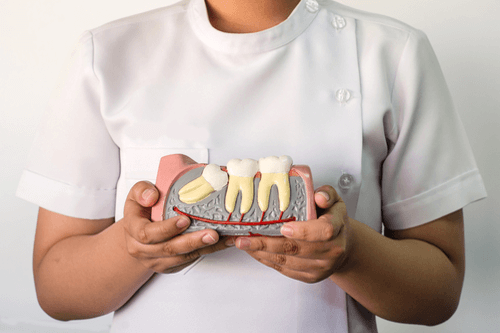
Wisdom Teeth Wisdom teeth, also known as "third molar" are the…
-
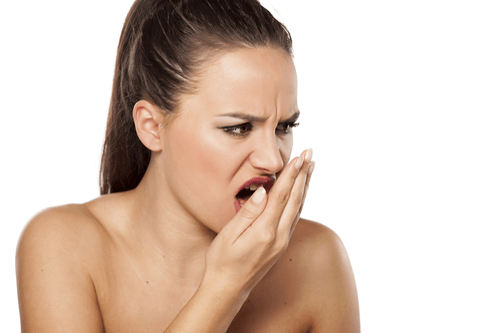
Bad Breath Bad breath or "halitosis" is defined as the unpleasant…
-
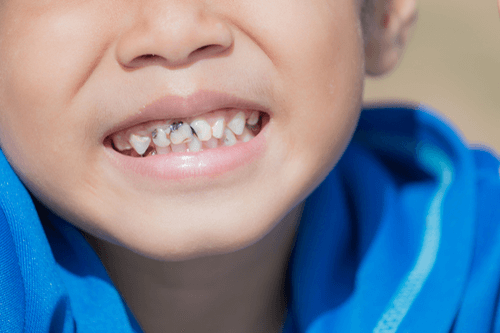
Cavities When we eat, particles & debris become lodged between…
-
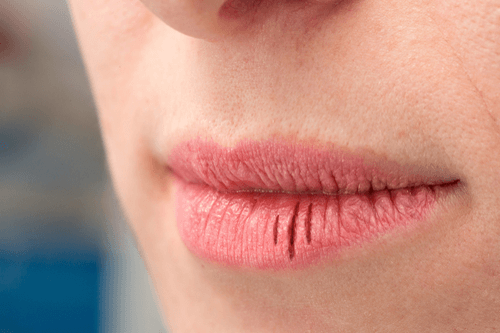
Dry Mouth When there is an absence of adequate quantities of…
Trending Topics
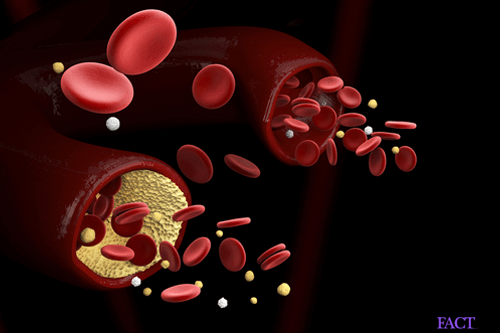
Ferritin Test Ferritin test is a blood test that provides vital information on the level of RBCs and iron in…

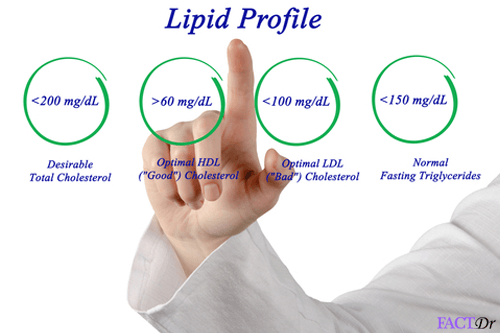
Lipid Profile Lipid profile is a blood test that provides complete information on how much cholesterol is present in the…
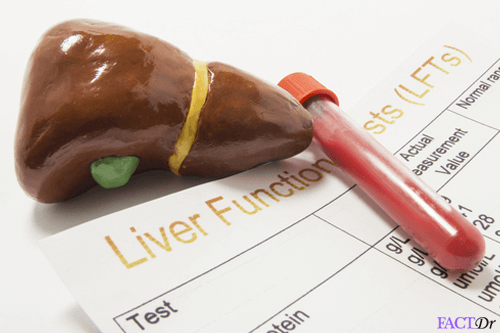
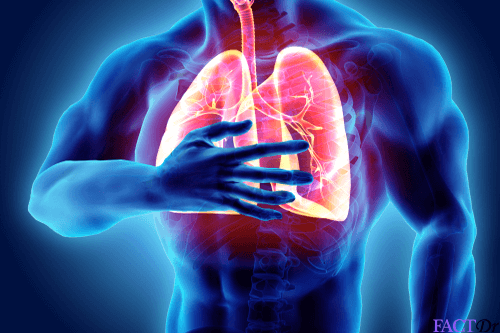
Pulmonary Function Tests Pulmonary function tests (PFT's) are non-invasive breathing tests employed for diagnosing and monitoring lung diseases such as bronchitis
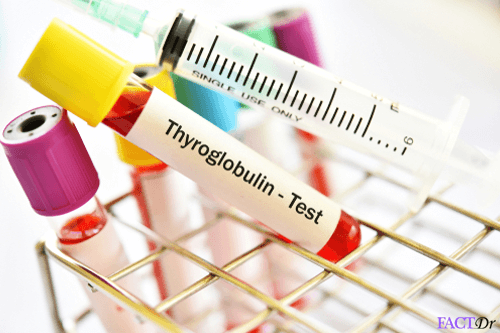



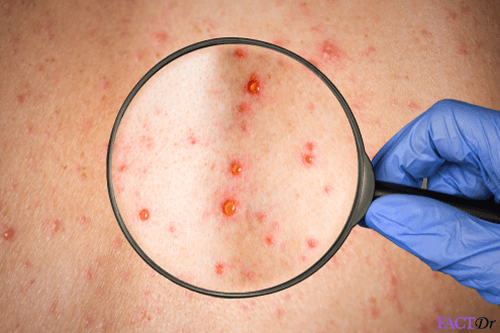
Rubella IgG Test The rubella IgG test is a blood test that checks for the rubella virus IgG antibodies present in…
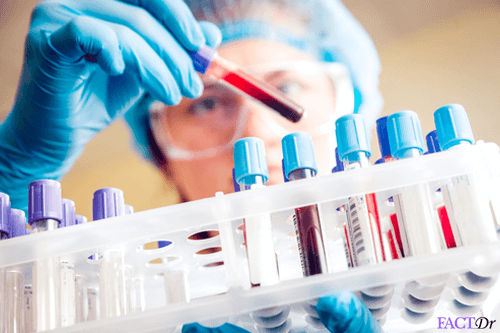
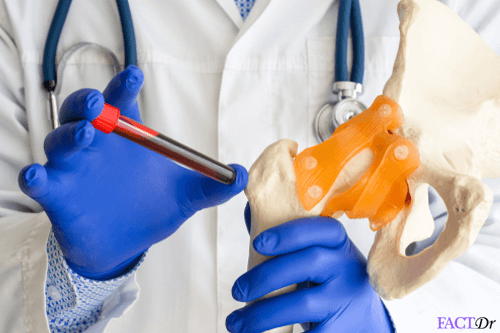
Rheumatoid Factor (RF) Rheumatoid factor or RF is a blood test used to diagnose painful joint conditions such as rheumatoid arthritis…
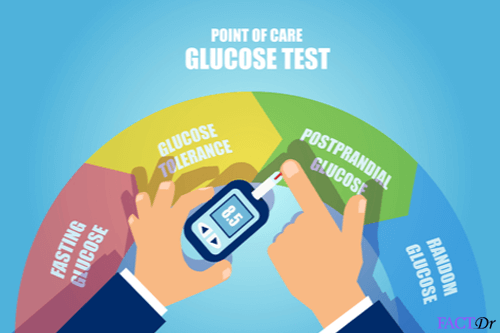
Post-Prandial Blood Sugar Postprandial blood sugar test is an important diabetes diagnosing tool. This simple blood test measure the level of…
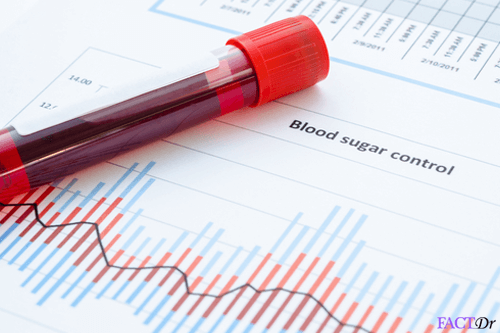
Random Blood Sugar Test The random blood sugar or RBS test is prescribed mainly to check the level of sugar or glucose…
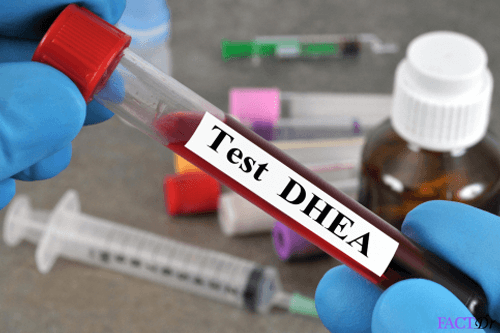
DHEA Sulfate (DHEAS) Test DHEAS or DHEA Sulfate test is prescribed if an individual shows symptoms of abnormal adrenal actvity such as…
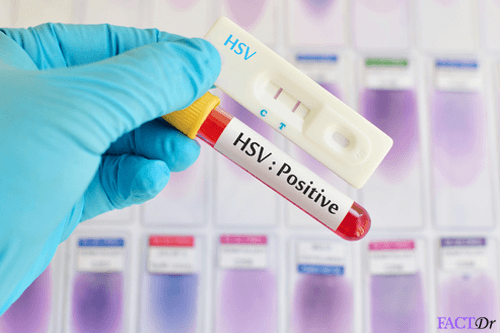

Thyroglobulin (TG) Test Thyroglobulin test helps in measuring and monitoring the concentration of thyroglobulin. This test can be used as a…
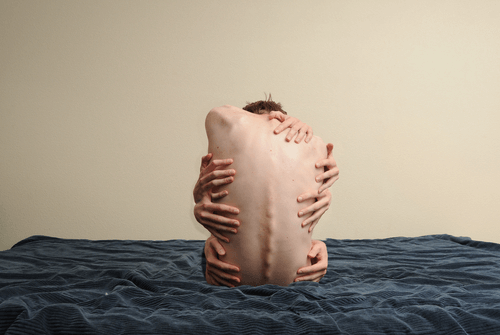

Amylase Test Amylase test is done by checking the level of this protein in the blood sample and also in…

Dengue NS1 test Dengue NS1 is a blood test used to determine the onset of dengue fever. Dengue fever is transmitted…
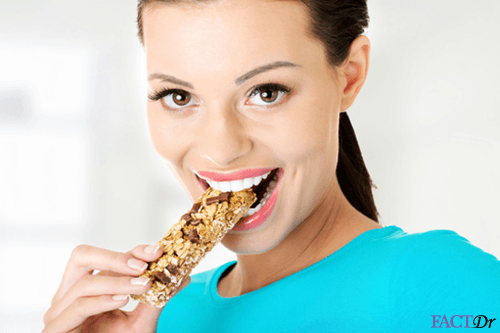


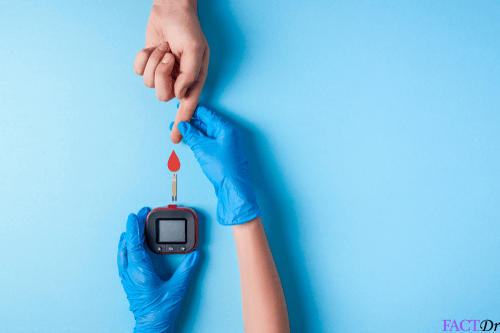

Serum Zinc Test The serum zinc test is a blood test performed to assess the zinc level in the blood (serum)…
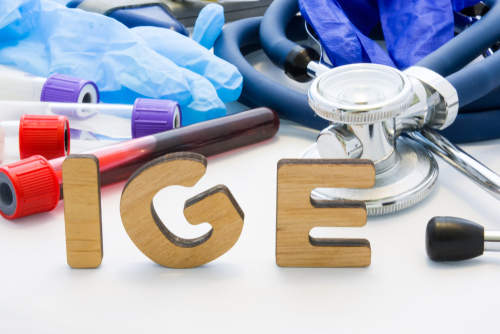
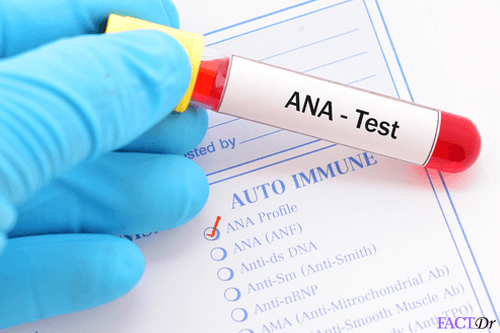
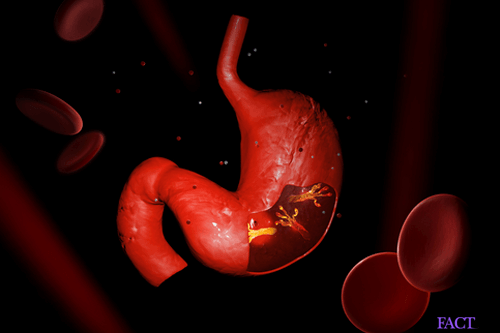


Abdominal CT scan Abdominal CT scan is a diagnostic imaging technique that provides a clear picture of the state of internal…
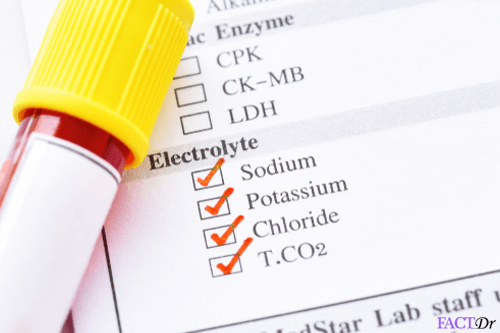
Serum Electrolyte If there is an electrolyte imbalance in the body, a serum electrolyte test will help to find out…

Folate test The Folate test measures and monitors the levels of folic acid in the blood. This test is also…

Immunoglobulin M Test Immunoglobulin M is the largest and the first produced antibody which helps in the prevention or fighting of…
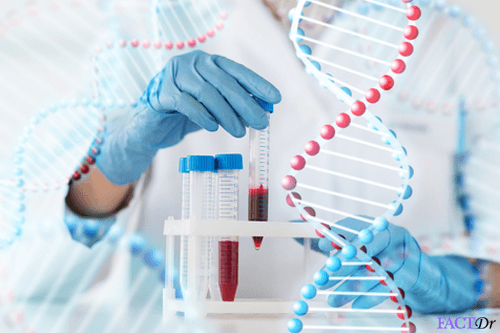
HLA-B27 test The HLA-B27 is a blood test that is used to determine the level of a particular protein called…
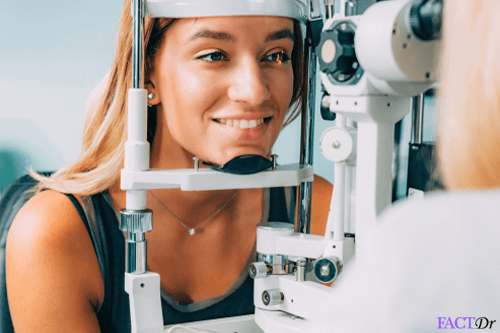
Tonometry Tonometry uses a device called tonometer to measure the pressure inside the eye. This pressure is depends upon…
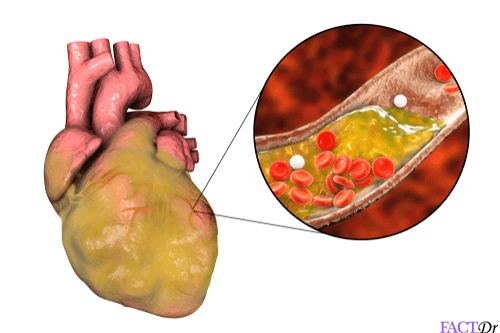
Lipoprotein (A) Test Lipoprotein (A) test is used to measure and monitor the levels of LDL(Low-Density Lipoprotein) in the bloodstream in…
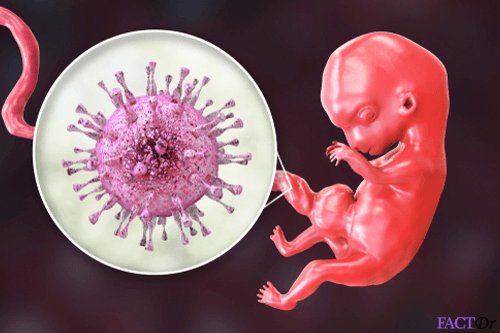
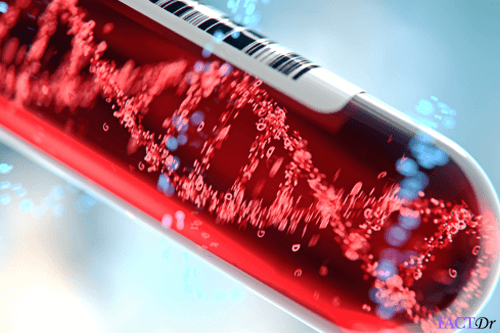
Anti Ds-DNA antibody Test The Anti Ds-DNA antibody test is used to diagnose the disease called lupus or more aptly the SLE(Systematic…


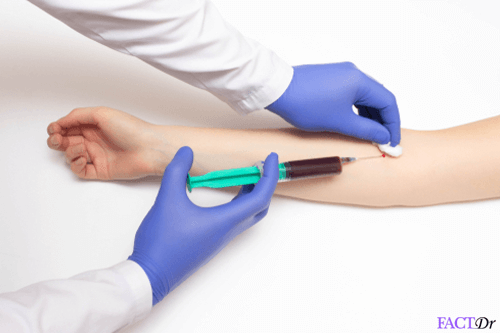
Erythropoietin (EPO) Test Erythropoietin stimulates the production of RBCs in bone marrow. An erythropoietin test is done to diagnose blood disorders…
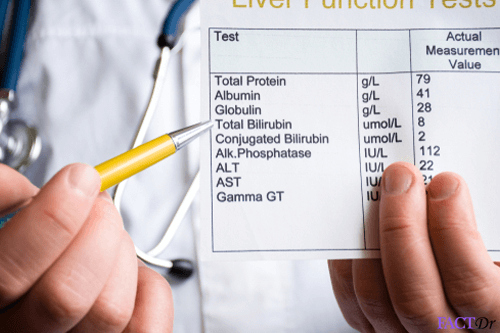
Bilirubin Test Bilirubin is a substance produced in the body as a result of red blood cell breakdown. A bilirubin…

Hysterectomy A hysterectomy surgery is the removal of a woman's womb or uterus. Learn more about the causes, surgical…

Vaginoplasty Know more about vaginoplasty, the procedure, post-operative care, best options for treatment, cost, and possible risks. %%sitename%% %
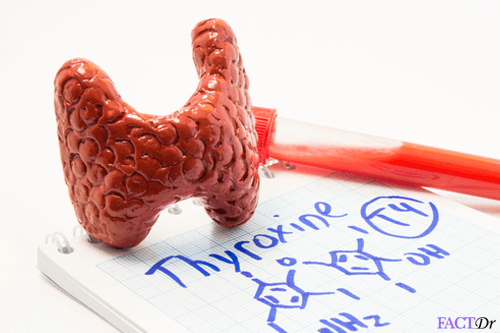
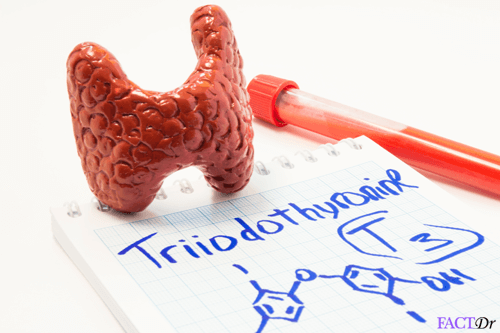
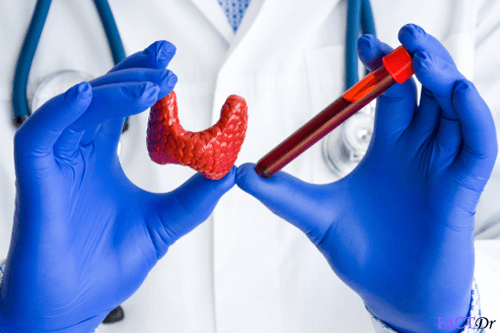

Labiaplasty Labiaplasty is a surgical procedure to modify the labia minora and the labia majora. Learn about who can…


Cystoscopy Cystoscopy is intended to look at the abnormalities in the ureters, bladder, and urethra, to assist surgeries performed…
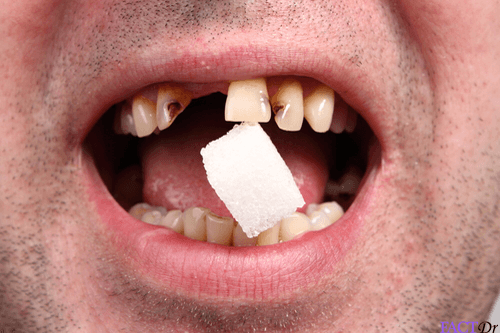
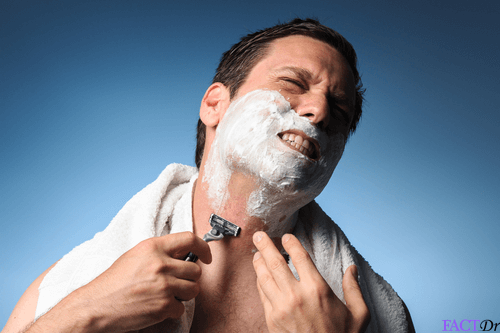

Hymenoplasty Read on to find out all about hymenoplasty, the procedure, post-surgery care, the risks, and the benefits.

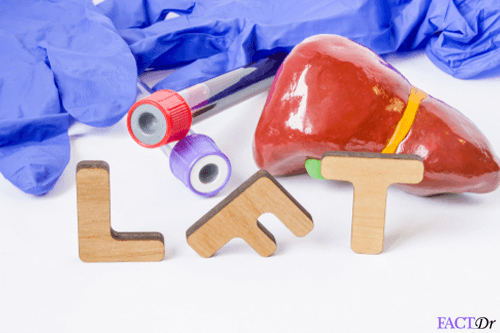
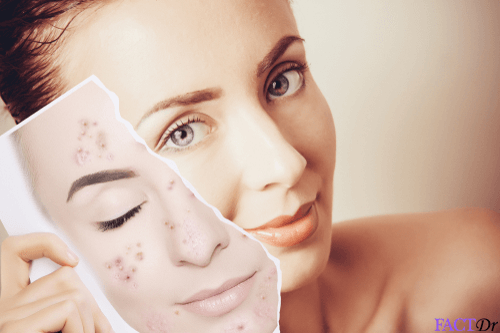

LP-PLA2 Test The LP-PLA2 test is a test which is carried out to assess the levels of Lipoprotein-Associated Phospholipase A2…
![]()
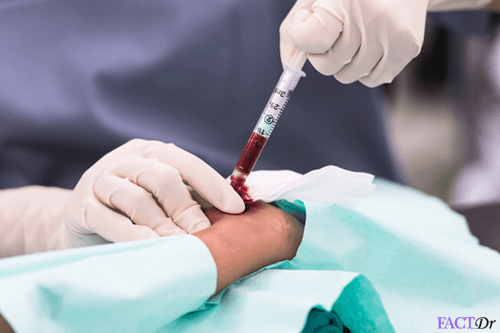
Arterial Blood Gas Analysis Arterial blood gas analysis is a diagnostic procedure used to determine the volume of oxygen and carbon dioxide…
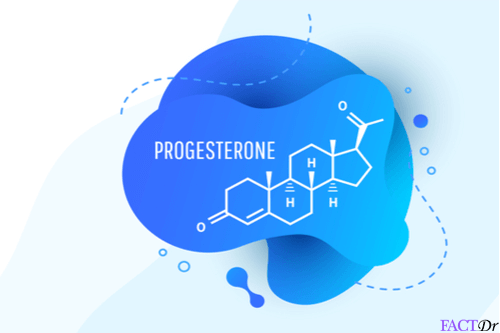
17 OH Progesterone test The 17 OH progesterone test is a simple blood test that is mainly used to diagnose the cause…

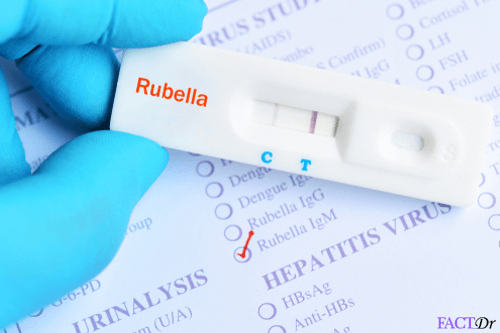
Rubella IgM Test The Rubella IgM test is a blood test that is performed to diagnose the presence of the rubella…
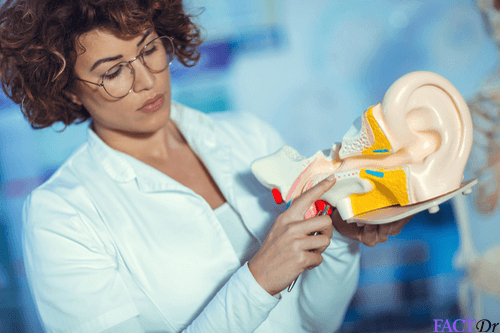

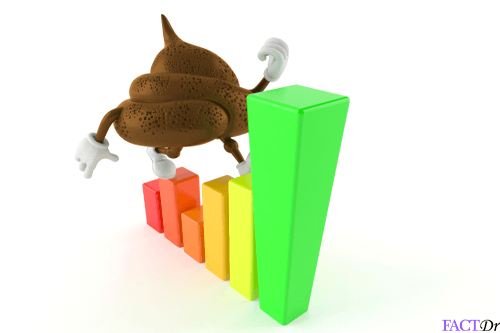


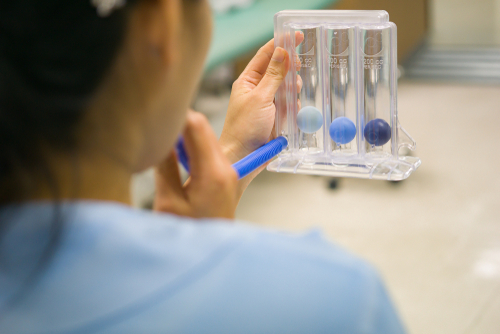
Sputum test Sputum test is a commonly used diagnostic tool that is used to examine the presence of pathogens in…

Urinary Microalbumin Test The urine microalbumin test is a urine test that measures the level of microalbumin or protein in the…

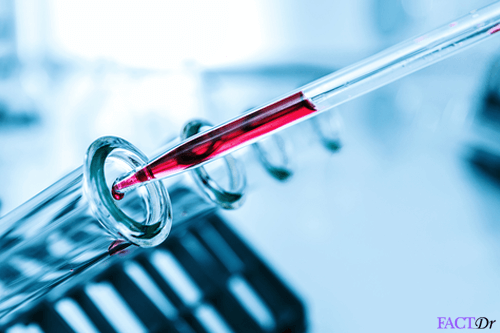
Beta 2 Glycoprotein 1 IgG Beta 2 glycoprotein 1 antibody test involves detecting and measuring the presence of the IgG class of beta…
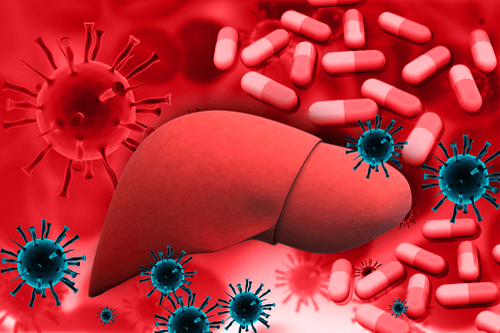
Hepatitis Profile A hepatitis profile or a hepatitis panel is a blood test that checks for markers of hepatitis infection…




Myelography Myelography is an important diagnostic tool that is used to investigate and identify abnormalities in the spine and…
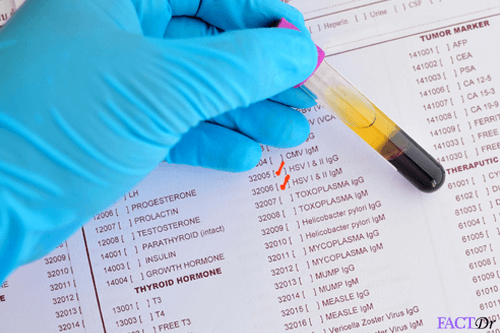



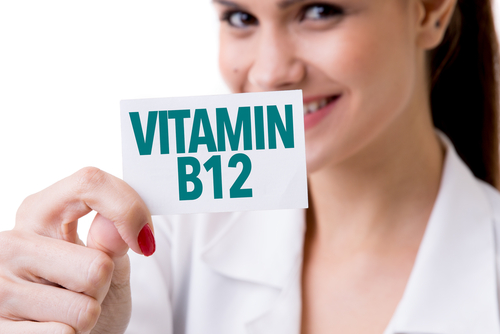
Vitamin B12 Test Vitamin b12 is an essential nutrient required for healthy functioning of the nervous system and also development of…
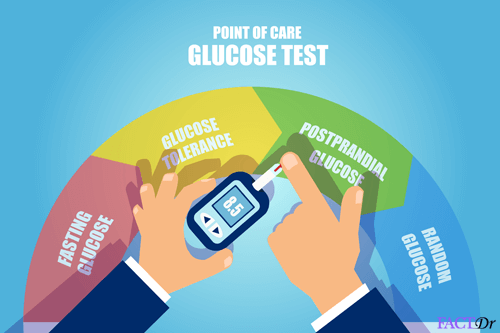

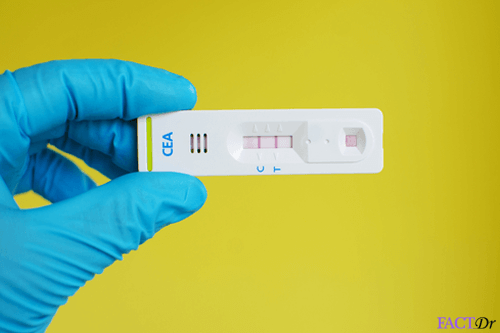




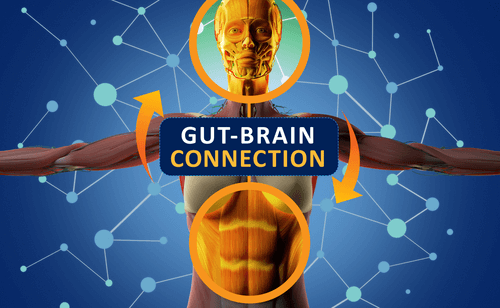
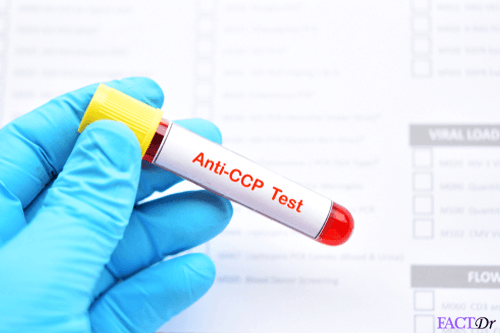
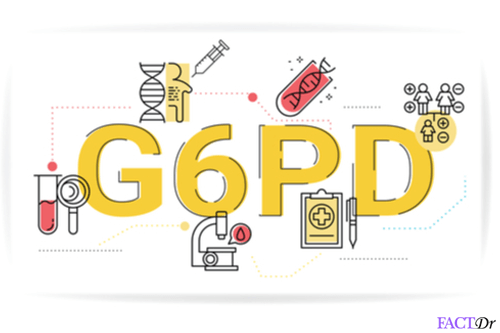

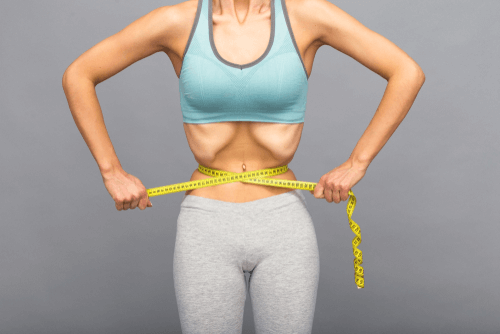


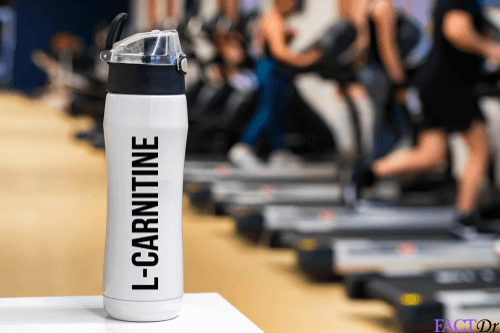
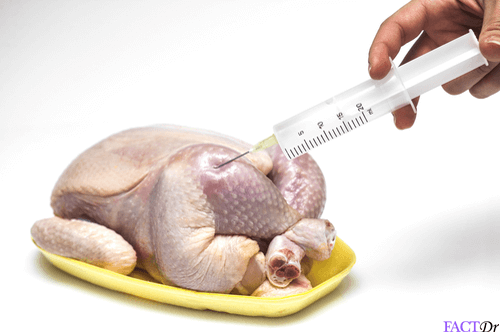

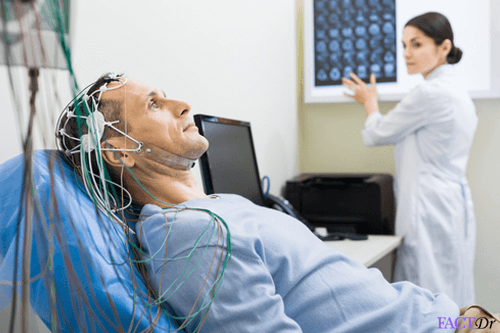
Electroencephalogram – EEG EEG or electroencephalogram is a diagnostic tool used to access the functioning of neurons and brain activity to…
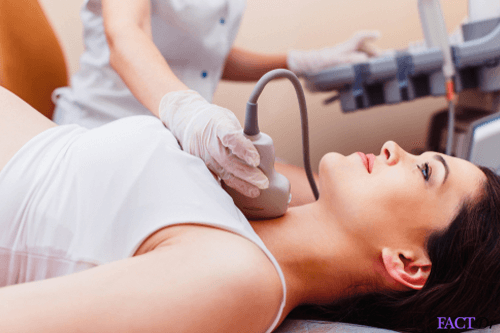
Thyroid Scan Thyroid scan is a diagnostic procedure that aims to view the thyroid gland and detect any growths or…
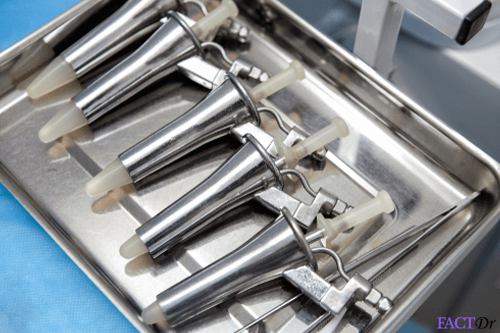
Anoscopy Anoscopy is an invasive diagnostic procedure where a small device known as anoscope will be inserted in the…
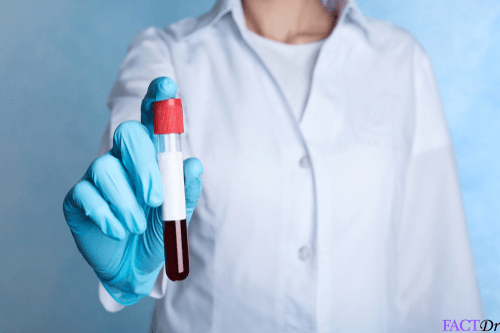
Copper Serum Test Copper serum test checks for abnormal levels of copper in the body. Both high and low levels of…
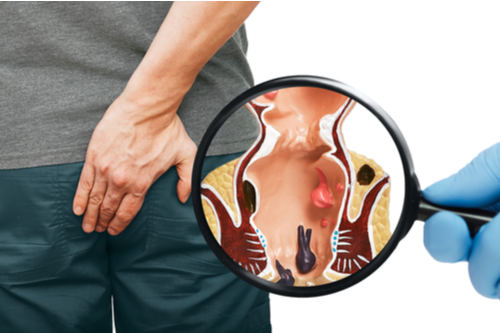
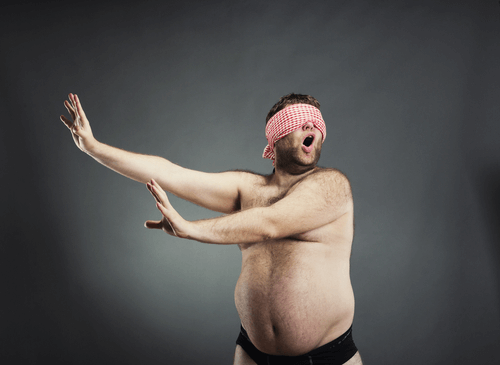



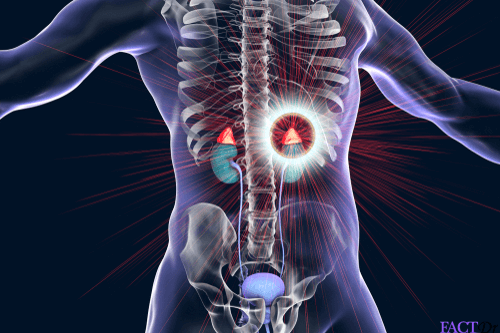
Androstenedione Test Androstenedione is produced by the adrenal gland, the test of the levels of Androstenedione helps in the evaluation…

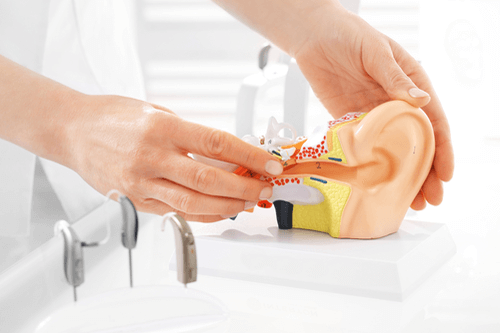
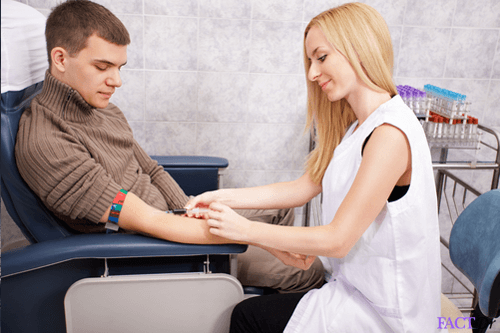
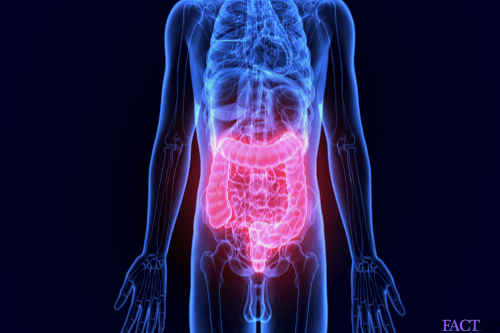
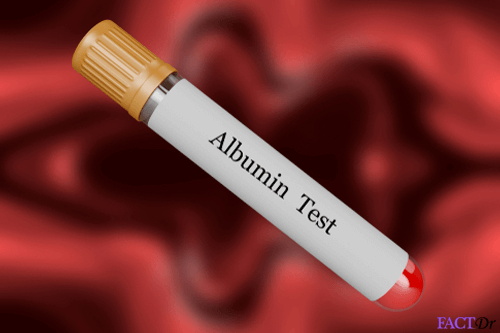
Albumin Test Albumin test or blood serum test is a liver function test that measures the amount of the protein…
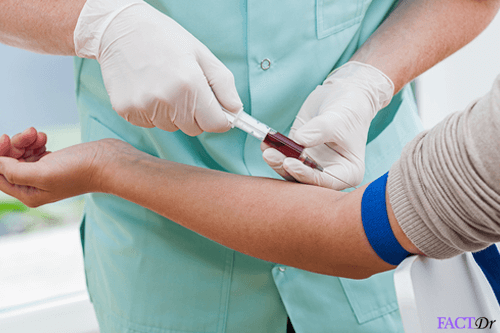







Barium Enema Barium enema is also known as colon x-ray. Here, the patient is asked to consume small amount of…

Colposcopy Colposcopy is a simple, quick and non- invasive diagnostic tool to look closely inside the vulva, vagina, and…

C-Reactive Protein Test A CRP or c-reactive protein blood test is an important diagnostic tool used to determine the risk of…

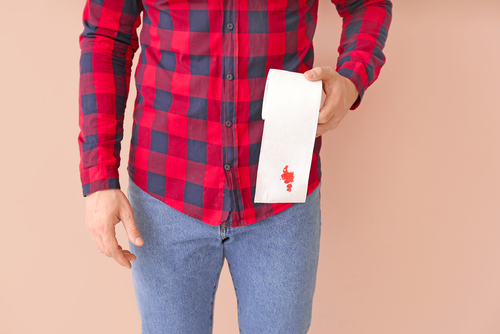






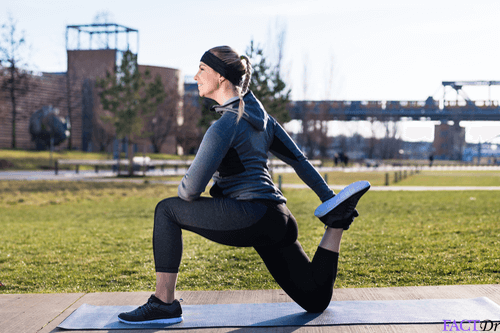
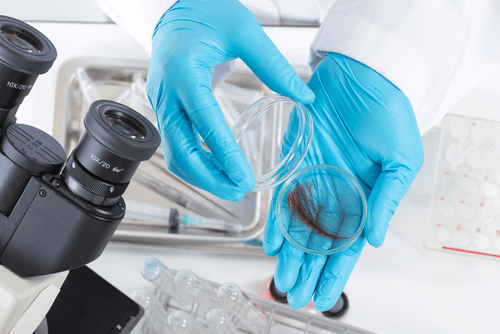

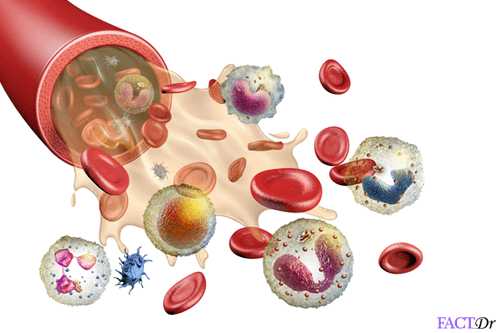
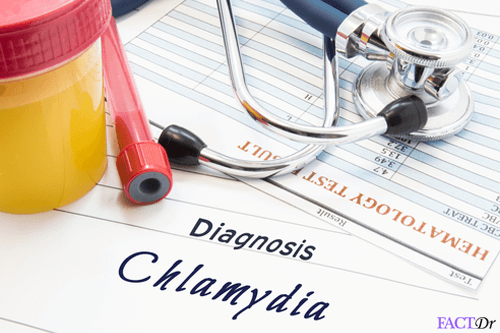
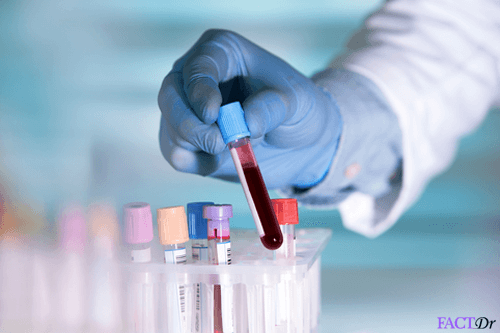
Beta 2 Glycoprotein 1 IgM The Beta 2 glycoprotein 1 IgM test detects IgM class of antibodies in the blood.The presence of beta-2…
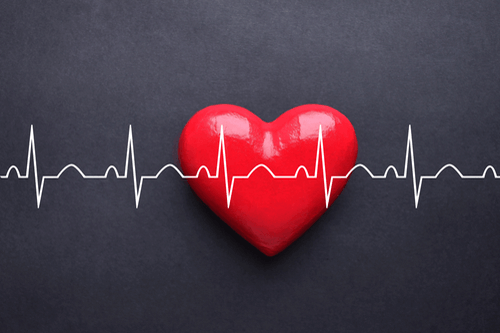
Cardiac Profile Cardiac profile is panel of blood tests performed to check cholesterol level and other heart disease markers to…

Diabetic Profile The diabetic profile is a set of tests used for testing and monitoring the various kinds of Diabetes…





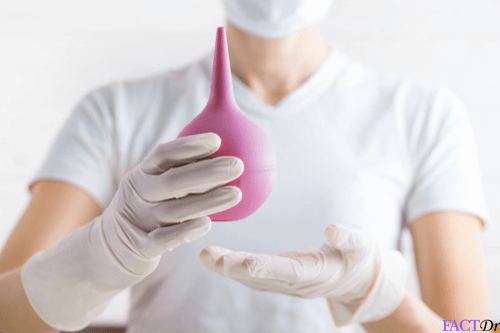
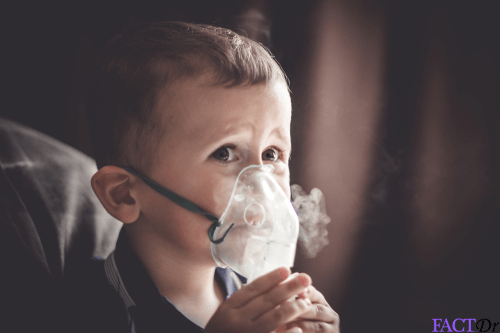
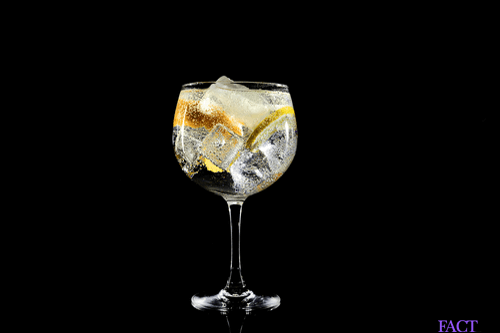

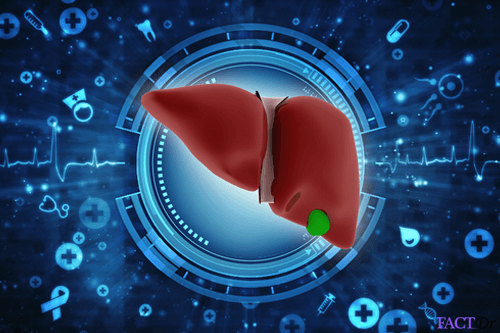

Bone Marrow Biopsy Bone marrow biopsy is a diagnostic procedure where a small amount of bone marrow is extracted from hip…

Thyroid Profile Thyroid profile is a panel of blood tests performed to check if an individual is suffering from any…

Blood Ketone (D3HB) Test The Blood Ketone Test measures and monitors the levels of ketone in the blood which is usually performed…


how to fix a dislocated jaw
Source: https://factdr.com/health-conditions/dislocated-jaw/
Posted by: russellwheyed.blogspot.com

0 Response to "how to fix a dislocated jaw"
Post a Comment